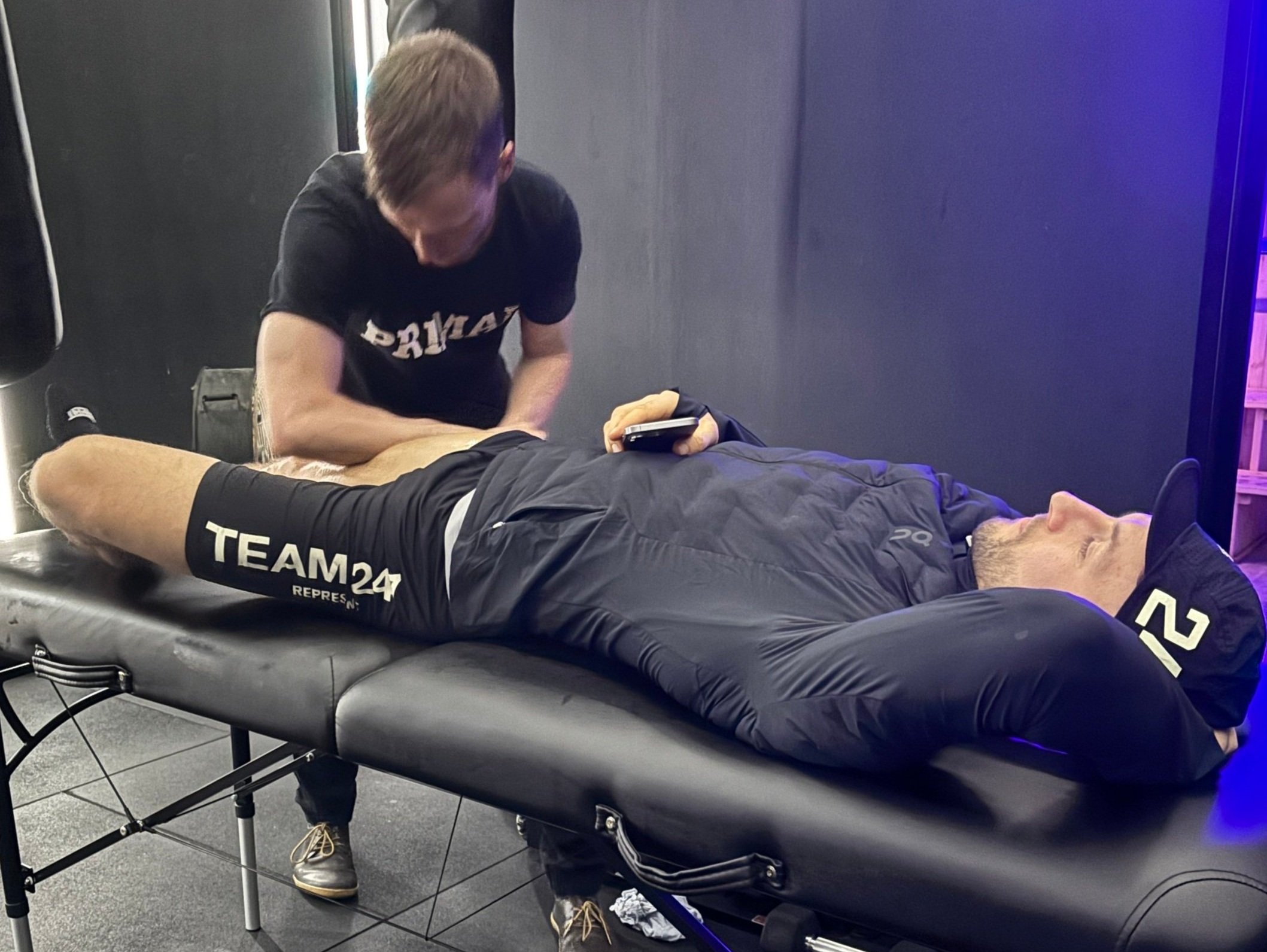Living with a hernia brings physical challenges, but with the proper strategies, you can ease symptoms and maintain your daily routine. There are supportive and straightforward ways to manage visible bulges and persistent pain related to hernias. Here are practical tips for managing inguinal, umbilical, and incisional hernia symptoms:
Understanding Hernia Symptoms
A hernia typically appears as a visible bulge under the skin. Some patients experience discomfort or persistent pain, especially during movement or after prolonged activity. Pain may increase after heavy lifting, straining, or being on your feet for long periods. Recognizing how your activities affect your symptoms helps you manage your hernia more effectively.
Utilizing Day-to-Day Management
Adopting simple changes to your daily life will often reduce discomfort and help prevent symptoms from getting worse. Maintaining a healthy weight and avoiding heavy lifting are fundamental steps in managing your symptoms effectively. Here are some ways to manage symptoms:
- Wear supportive clothing: Opt for looser-fitting outfits to reduce pressure on the bulge. Some patients feel relief with a gentle hernia support belt, especially during active hours.
- Lift with caution: Avoid heavy lifting. When lifting is unavoidable, use your legs, not your back, and keep objects close to your body.
- Stay active within reason: Gentle activities like walking often help. Choose exercises that don’t work in the abdominal area.
- Rest and positioning: Rest when you feel discomfort. Lying down with your feet elevated may ease the bulge in some cases.
- Monitor symptoms: Keep track of when discomfort gets worse, and try to identify any activities that trigger pain.
Managing Pain and Discomfort
Pain from a hernia varies from person to person. If pain develops, there are practical steps that may bring relief. If the pain persists or worsens, consult a healthcare professional for guidance and potential treatment options. Wearing a brace or support belt may help alleviate discomfort and provide additional stability during daily activities.
Over-the-counter pain medication, such as acetaminophen or ibuprofen, may be useful for mild symptoms. Applying a cold compress briefly to the area reduces swelling in some cases. Adjusting meal sizes can help with abdominal hernias. Smaller, more frequent meals place less pressure on the abdomen, reducing discomfort.
Knowing When to Seek Medical Attention
While many hernias are stable for long periods, notice any sudden changes. Noticeable changes in the hernia’s color, such as discoloration, should prompt immediate medical evaluation. Additionally, if you notice that the hernia becomes firm, tender, or cannot be gently pushed back in, seek medical attention without delay. Prompt attention to these changes makes a difference in outcomes. Contact your doctor if you notice:
- Severe pain or tenderness that won’twon’tide
- Nausea, vomiting, or fever
- The bulge turns red, purple, or dark
- You can no longer gently push the bulge back in (if you usually can)
Find a Surgeon Specializing in Hernia Procedures
Tracking your symptoms and adapting your daily habits supports your comfort and well-being. Reach out to your healthcare professional with any new questions or concerns, and know there are ways to make living with a hernia more manageable. Book an appointment with a surgery clinic near you.
- FREHF – The Revolutionary Future Of Human-Centered Technology!
- Adsy.Pw/Hb3 – Boost Your SEO And Drive More Traffic!
- Fitness Based Vacations By Timeshealthmage.com!
- TimesHealthMag Tips For Improving Sleep Quality – Expert Advice For Better Rest!
- How TimesHealthMage Helps Improve Your Lifestyle Habits!


Leave a Reply